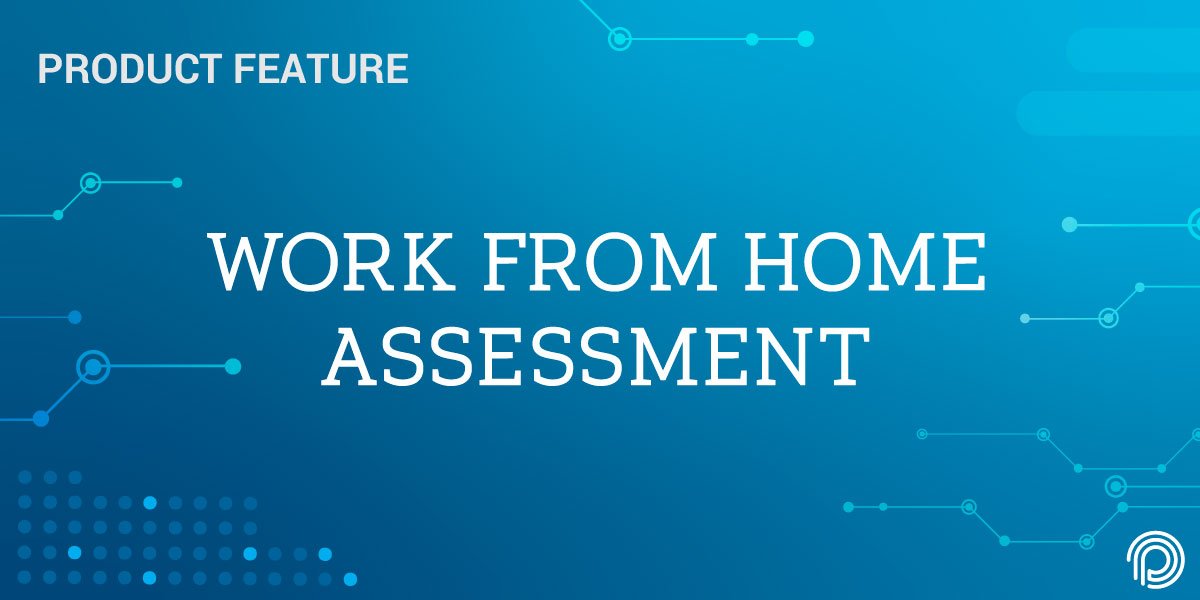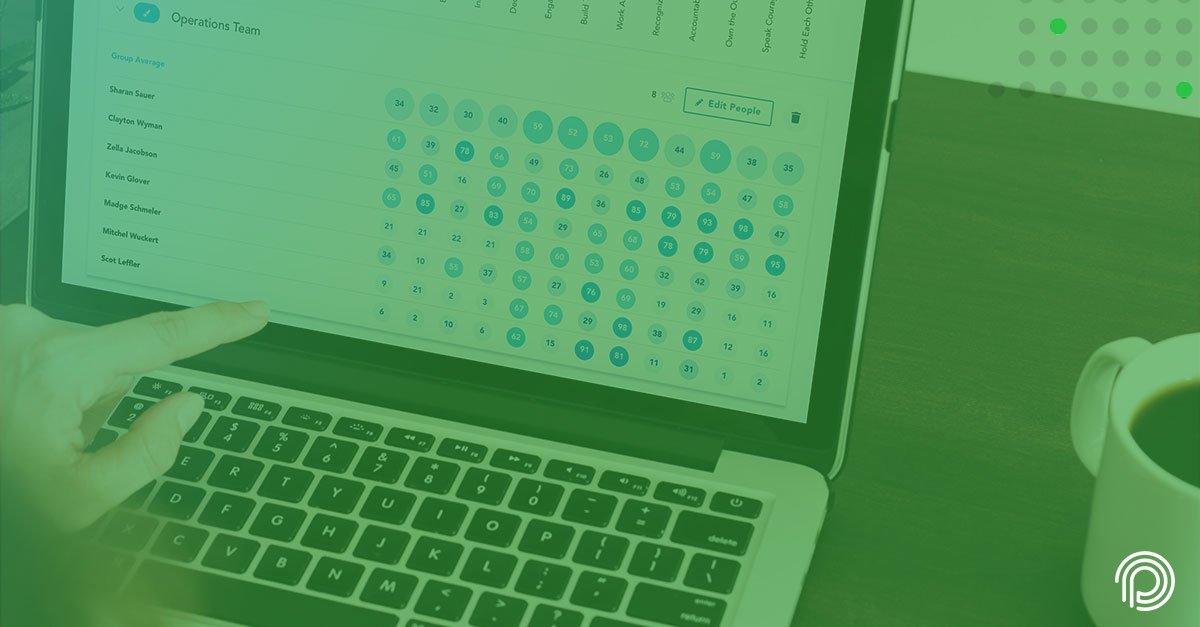The mass exodus from the office challenged businesses’ flexibility, priorities and workplace culture. Beyond the initial adjustment of creating an at-home work space, workers had to establish communication with supervisors, teams and customers. And after the new norms took root, the focus shifted to sustaining or enhancing performance in a new and changing environment.
Recent PeopleBest research revealed the success factors of remote work. The resulting DNA profile measures the optimum set of competencies and behaviors that position employees to be productive and engaged when working remotely. The competency set includes: takes initiative; offers sustained, vigilant effort; drives results-driven engagement; and works independently.
Location may have shifted due to external realities but business goals remain. The disruption forced increased flexibility in how and where work is accomplished. In turn, managers have had to rely more fully on managing work outcomes without close supervision. The PeopleBest ‘Work from Home’ feature provides valuable data and insights to inform talent decisions, giving leaders a leg up.
The ‘Work from Home’ model can also be tailored to an organization providing a precise “code of success” for remote workers. A group of employees take the assessment, relevant performance metrics are provided and correlated with the aggregate behavior scores. The outcomes include setting desired score ranges reflecting high performance and the custom assessment is used in the hiring process with candidates or when evaluating employees for internal moves. The profile result will also guide talent decisions for coaching, growth and motivating employees to achieve performance standards.
Managers can quickly identify an area that may sabotage performance of team members. For example, if someone finds it difficult to take charge or assert themselves in certain situations, remote work can perpetuate their hesitancy. This self-awareness enables the employee to pivot by identifying new ways to mitigate their hesitancy. The supervisor can then reinforce the desired behavior and recognize progress. Everybody wins!
Tech Specs:
Individuals take the PeopleBest assessment by responding to a series of statements. The assessment gathers responses to score behavioral areas related to the “Work from Home” competencies.
Content Summary:
The location of work matters less than learning how to motivate, coach and develop employees. Knowing how to encourage staff flexibility, find their productivity footing and collaborate with coworkers in new ways will change the game. What is the performance proficiency of your remote employees? Let the PeopleBest Talent System help you discover the “code of success.”










